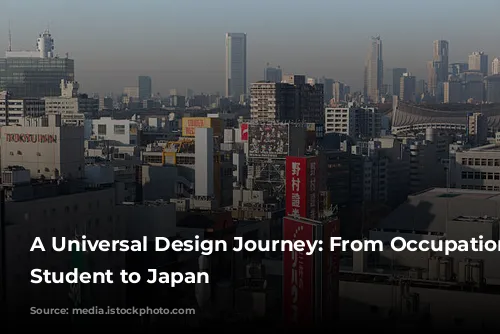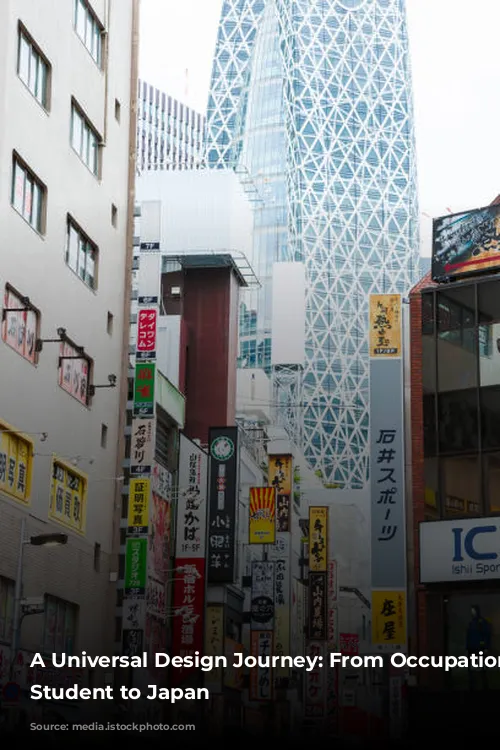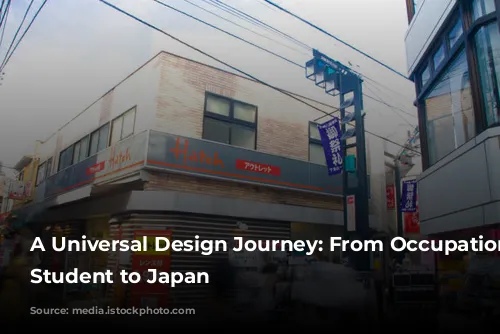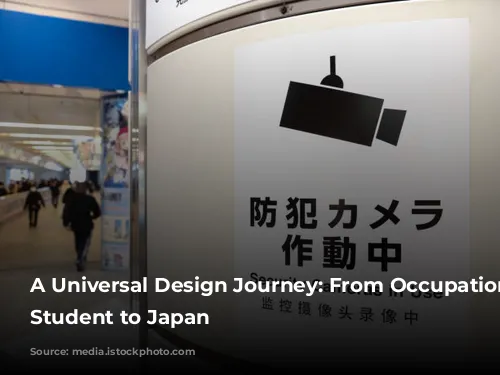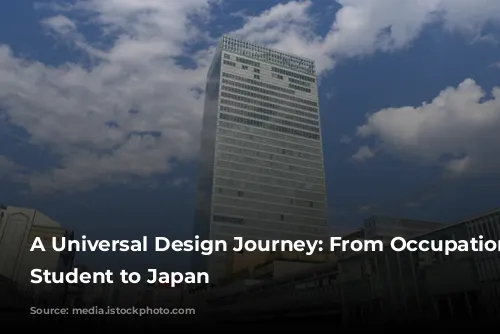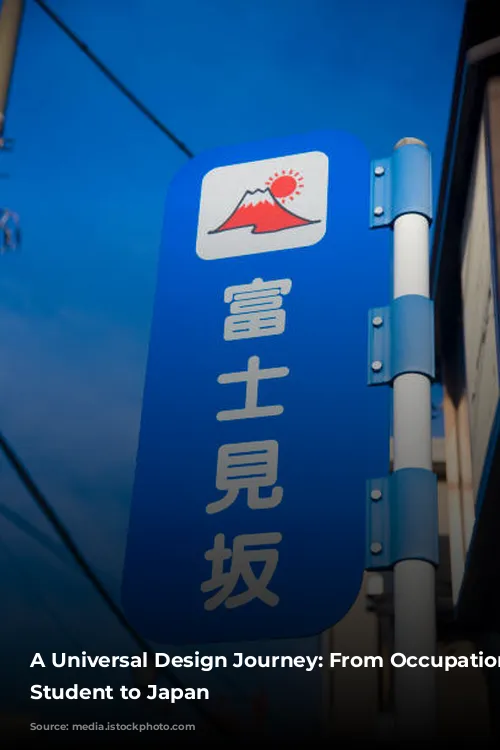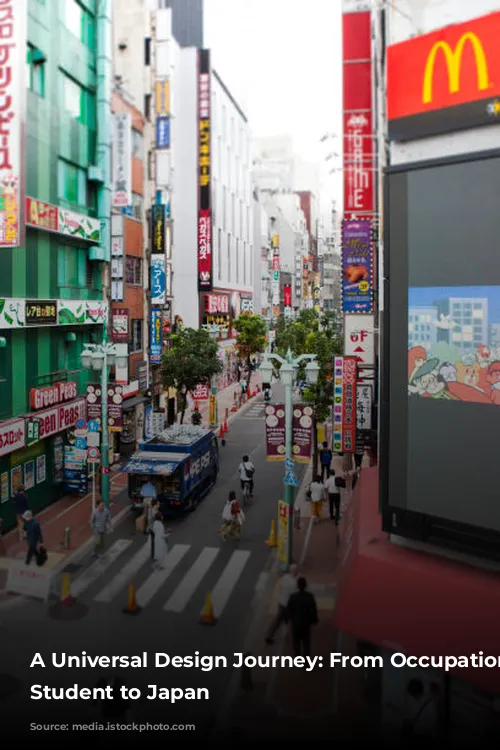“I’m Jasmine, an occupational therapy student, and I’m on a mission. I’m spending three months in Japan, learning about universal design with the Accessible Design Foundation of Japan (ADFJ).”
This isn’t your typical study abroad trip! I’m here because of my deep passion for universal design, a concept that aims to make the world more accessible and inclusive for everyone, regardless of their abilities. You see, occupational therapists like me focus on helping people live their best lives, which means creating environments that support their independence and well-being. Universal design is a crucial part of this, breaking down barriers and fostering a society where everyone has equal opportunities.
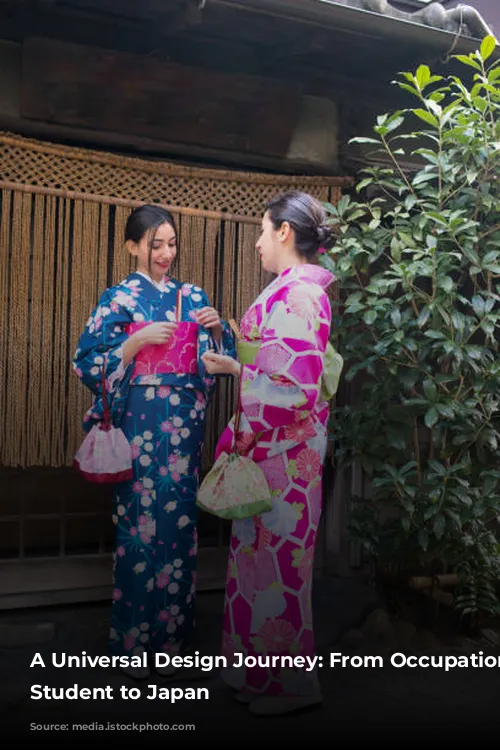
Japan: A Living Laboratory for Universal Design
“Why Japan? Well, it’s experiencing a dramatic demographic shift, with a rapidly aging population.”
As the country with the highest percentage of older adults globally, Japan is facing a critical need for accessible spaces. The upcoming 2020 Olympics also provided a powerful incentive to make Tokyo more accessible and barrier-free. This is why I was so excited to come here and witness firsthand the many innovative initiatives being implemented.
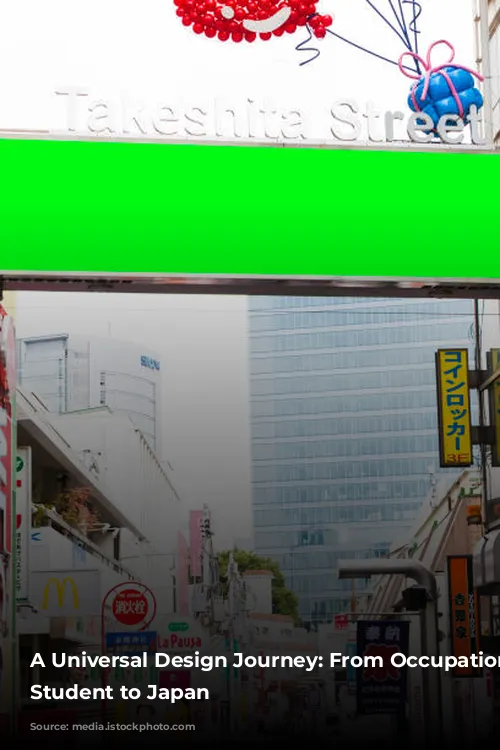
Navigating Accessibility: Learning from the Accessible Japan Website
“Before I even stepped foot in Japan, I was already immersing myself in the Accessible Japan website.”
This incredible resource provides detailed information about accessible facilities, transportation, and attractions in major Japanese cities. It’s a vital tool for anyone traveling to Japan, especially those with mobility needs or disabilities. For me, it served as a guide and inspiration, showing me the potential of universal design to empower people and create a more inclusive travel experience.
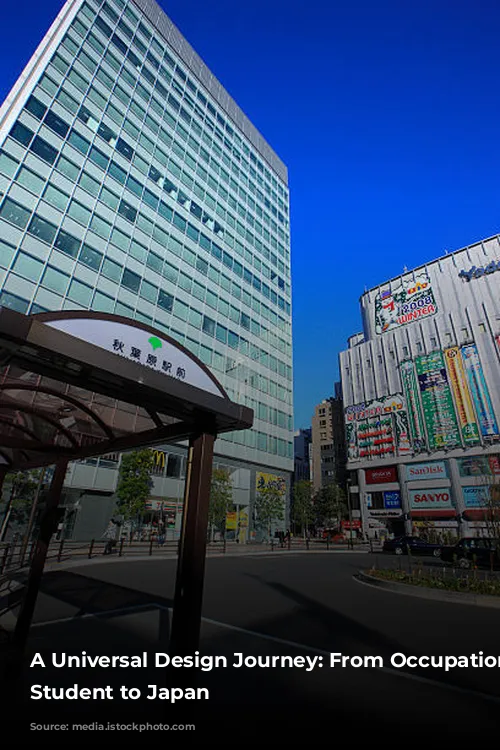
A Shared Goal: Striving for a More Accessible Future
“My time in Japan has confirmed something I’ve always believed: people everywhere want a world where accessibility is the norm.”
We all want to live fulfilling lives, free from unnecessary barriers and inconveniences. We want to participate in activities we enjoy, have equal access to opportunities, and contribute to our communities. Universal design is a powerful tool to achieve this vision, creating environments that benefit everyone.
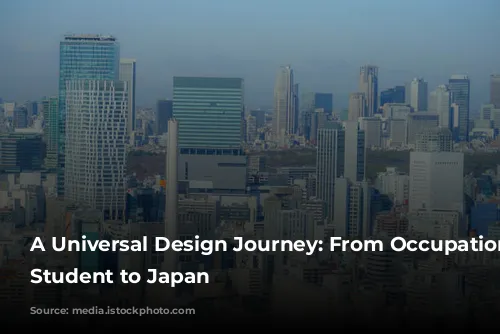
Creating a Truly Accessible Society: The Challenges and Opportunities
“A fully accessible society might seem like an ambitious goal, but I believe it’s achievable.”
However, there are significant challenges. Transforming environments to be universally accessible involves numerous factors, including cultural traditions, political considerations, regulations, and resource allocation.
“Yet, the right to equal access and opportunity is fundamental.”
The United Nations’ Universal Declaration of Human Rights emphasizes the importance of creating a world where everyone can enjoy their rights and freedoms, regardless of their abilities.
“This is why so many organizations are advocating for inclusive design.”
By raising awareness, educating communities, and advocating for change, we can drive progress towards a more accessible future. This includes promoting inclusive policies, ensuring adequate funding for accessibility projects, and establishing robust guidelines for ensuring accessible design in all new construction and renovations.
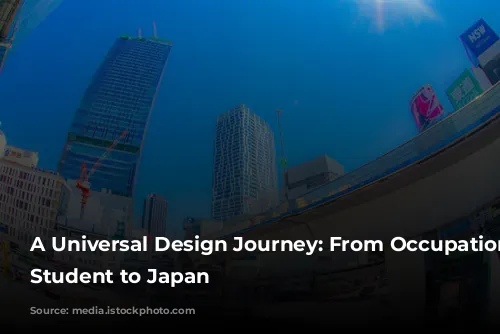
Lessons from Japan: A World of Possibilities
“My experiences in Japan have shown me that even a developed country like Japan continues to strive for greater accessibility.”
From multifunctional toilets that cater to diverse needs to the color-coded train lines and clear signage in stations, Japan demonstrates a commitment to making travel and everyday life more accessible.
“These small details, when multiplied, can make a big difference.”
Japan serves as an inspiring model for the rest of the world, showcasing how accessibility can be integrated into everyday life, benefiting everyone.
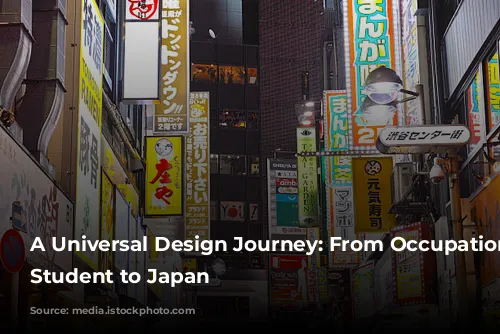
Empowering a More Inclusive Future
“I’m leaving Japan with a renewed sense of hope and a commitment to fostering universal design.”
Through continued efforts, advocacy, and education, we can create a future where everyone can fully participate in society, reach their potential, and experience the world with ease and dignity.
“Let’s work together to build a truly accessible world, one step at a time.”
